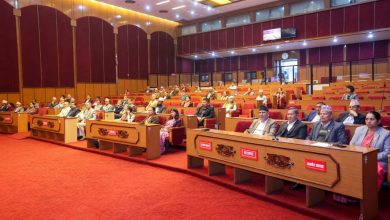Nepal’s malaria-free goal by 2030 faces challenges as cases surge in Banke district
August 17, Kathmandu: Despite Nepal’s ambitious target to eliminate malaria by 2030, the disease remains a significant threat, particularly in Banke district, where malaria cases are alarmingly high. Narainapur Rural Municipality in Banke has reported the highest number of cases in the country.
In the fiscal year 2023/24, Banke recorded 160 malaria cases, which surged to 246 in the fiscal year 2024/25. Of these, 185 cases were reported in Narainapur alone, a sharp rise from the 132 cases recorded there the previous year. According to Durga Gautam, the Vector-Borne Disease Focal Person at the Banke Health Office, the situation demands urgent action.
A case in point is 17-year-old Amjat Khan from Ward No. 5 of Narainapur, who fell ill after returning from Mumbai, India, where he had gone for work. Experiencing high fever, headaches, and chills, he was diagnosed with malaria upon medical examination. Amjat is currently recovering at home.
To curb the rising cases in Narainapur, health authorities have intensified efforts, launching a blood testing campaign and promoting awareness about preventive measures, such as sleeping under mosquito nets. Gautam emphasised that malaria, spread by the bite of infected Anopheles mosquitoes, often presents with high fever as its primary symptom.
Health workers urge anyone showing malaria symptoms to seek immediate testing at a health facility. Authorities stress the importance of early detection and community awareness to control the spread of this vector-borne disease in high-risk areas like Narainapur.








Comments